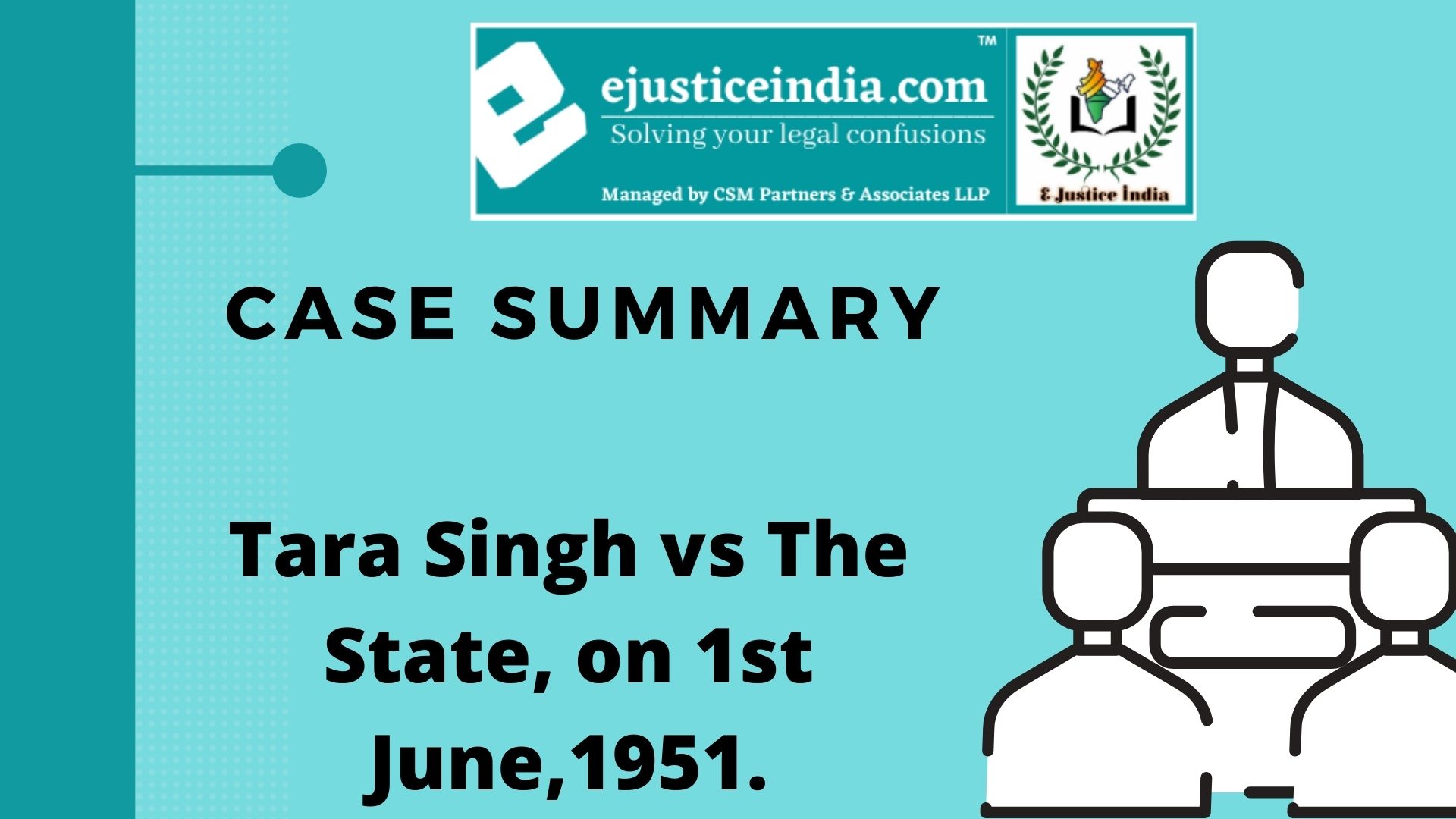KESHVANANDA BHARTI SRIPADAGALVARU VS STATE OF KERELA
CASE NAME : KESHVANANDA BHARTI SRIPADAGALVARU VS STATE OF KERELA
AUTHOR : VARNIKA VERMA
CITATIONS
AIR 1973 SC 1461
MANU/SC/0445/1973
(1973) 4 SCC 225
[1973] Supp SCR 1
BENCH
Chief Justice A.N. Grover, Justice S.M.Sikri, Justice A.N. Ray, Justice D.G. Palekar, Justice H.R. Khanna, Justice J.M. Shelat, Justice K.K. Mathew, Justice K.S. Hegde, Justice M. Hameedullah Beg, Justice P. Jaganmohan Reddy, Justice S.N. Dwivedi, Justice A.K. Mukharjea, Justice Y.V. Chandrachud.
INTRODUCTION
The Kesavananda Bharati case is the lengthiest case in the history of Indian Judiciary also popularly known as the fundamental rights case and also the serious conflict between the Judiciary and the Government.
Under this case the Apex Court of India outlined the Basic Structure doctrine of the Constitution which forms and gives basic powers to the Indian Judiciary to review or to amend the provisions of the Constitution that are enacted by the Parliament of India which conflict with or seek to alter the basic structure of the constitution.
The fundamental question dealt in Kesavananda Bharati v State of Kerala is that the power to amend the constitution is unlimited, or there is identifiable parameters regarding powers to amend the Constitution of India.
FACTS
- In 1970, Swami H.H Sri Kesavananda Bharati, who was the senior head of “Edneer Mutt”, which is a Hindu Mutt arranged in Edneer, a region of Kerala, challenged that the Government of Kerala endeavors, under two state land reform acts, to force limitations on the administration of its property.
- The State conjured its power under Article 21 of the Constitution, despite this an Indian legal scholar persuaded Swami to file the petition under Article 226 of the Constitution, concerning the privilege to oversee religiously claimed property without government obstruction.
- There were battles in the following case and revisions to the Constitution were sanctioned by Indira Gandhi’s legislature through Parliament to get over the judgments of the Pre-eminent Court in R.C. Cooper, Madhavrao Scindia and Golak Nath case.
- In the first case bank nationalization was struck down, in second the decision abrogated the nullification of privy satchels of previous rulers and in the third it was held that the revising force could not touch the Principle Rights.
- All the above mentioned corrections were under the test in Kesavananda case. Since Golak Nath was decided by the eleven judge bench, a bigger seat was required to test the Kesavananda case, so the 13 judge bench was to set to decide the case.
ISSUES
Whether the 24th Constitutional (Amendment) Act 1971 and 25th Constitutional (Amendment) Act 1972 are Constitutionally valid or not?
Whether to which extent can Parliament of India exercise its power to amend the Constitution of India?
JUDGMENT
The 703 pages long judgment stated different opinions of the Judges. There was a thin line majority of 7:6 and it was held that Parliament of India has the power to amend any part of the Indian Constitution so long as it did not alter or amend or abridge “the basic structure or essential features of the Constitution.”
This was the inherent and implied limitation on the amending power of Parliament. This basic structure doctrine had saved the Indian democracy and Kesavananda Bharati will always occupy a hallowed place in our Constitutional history.


